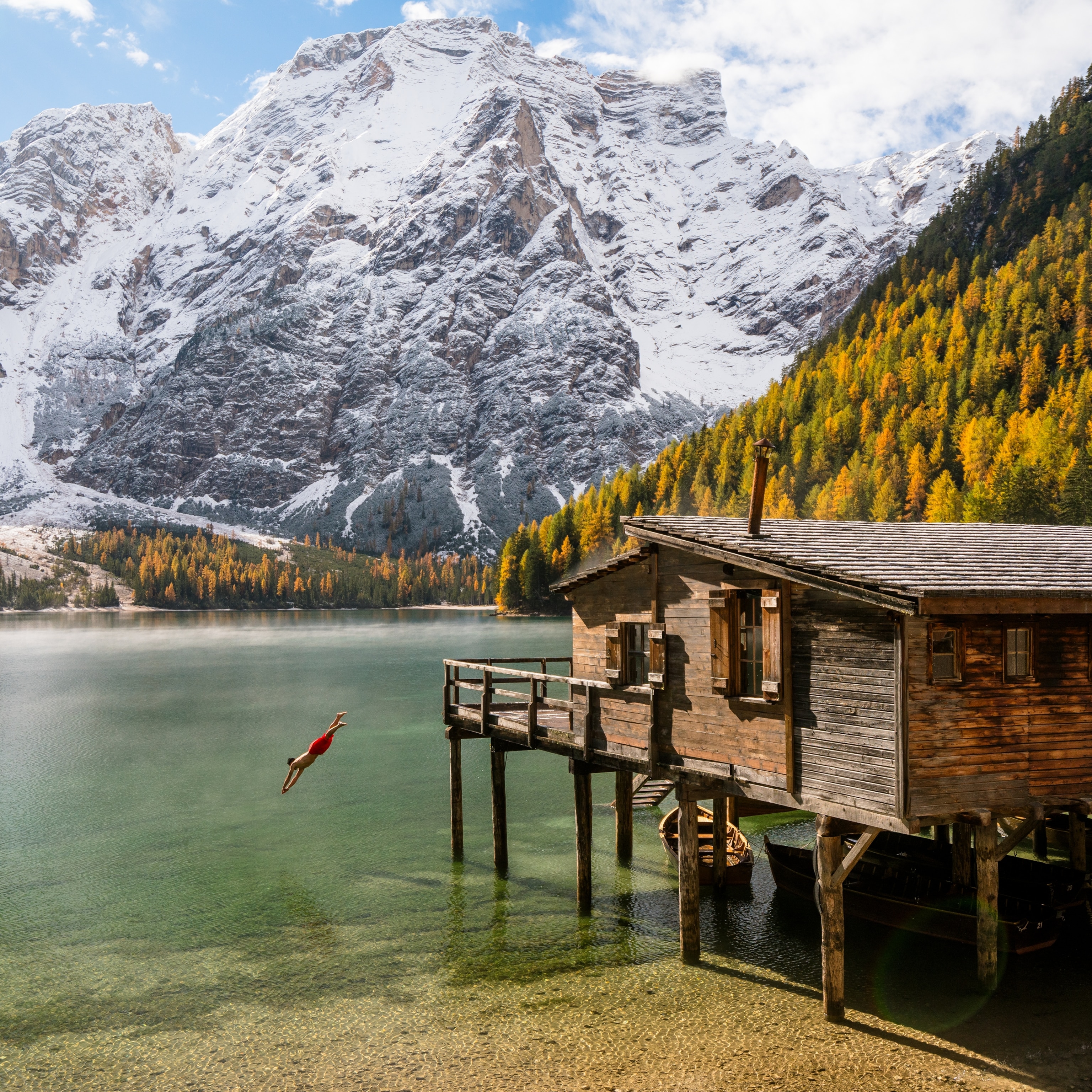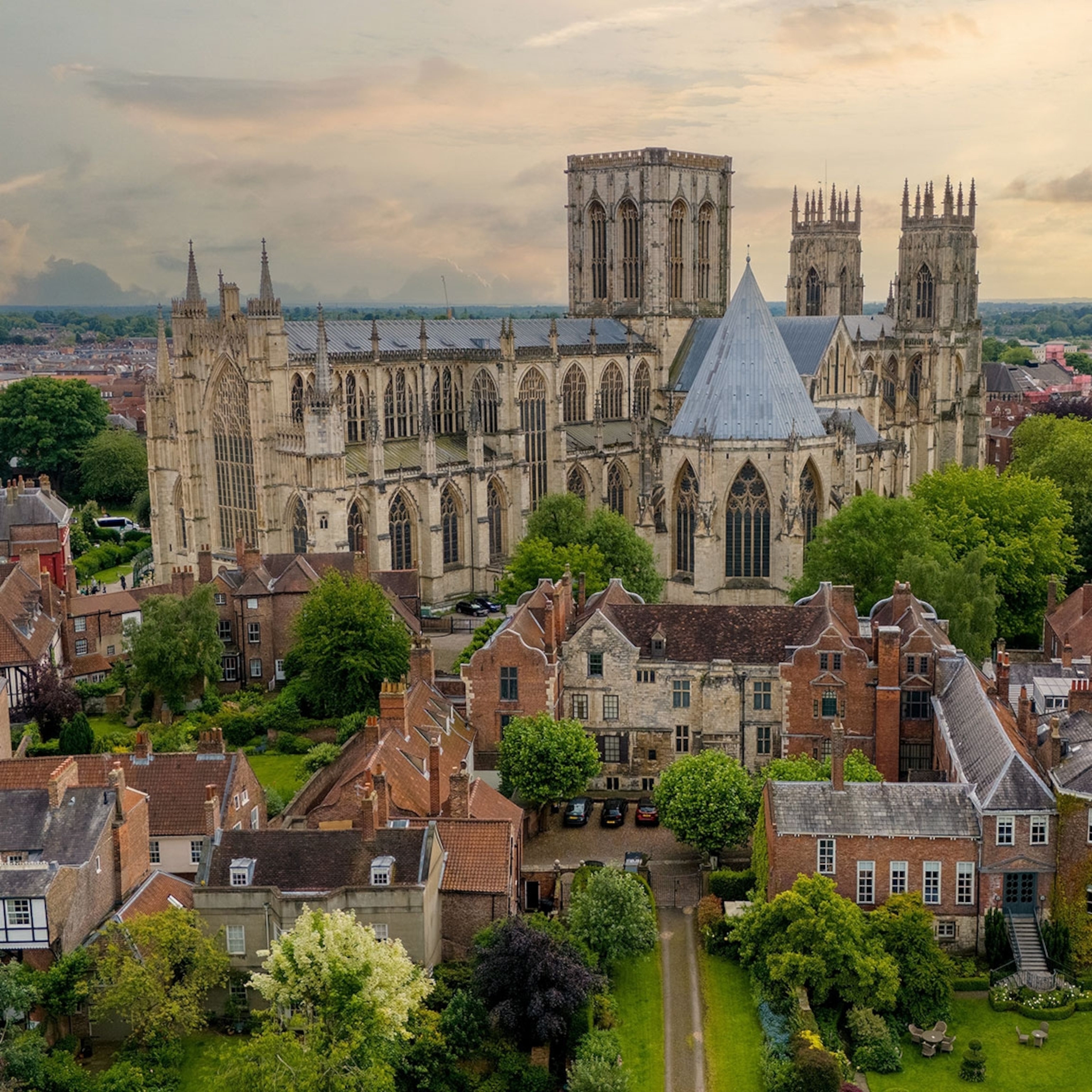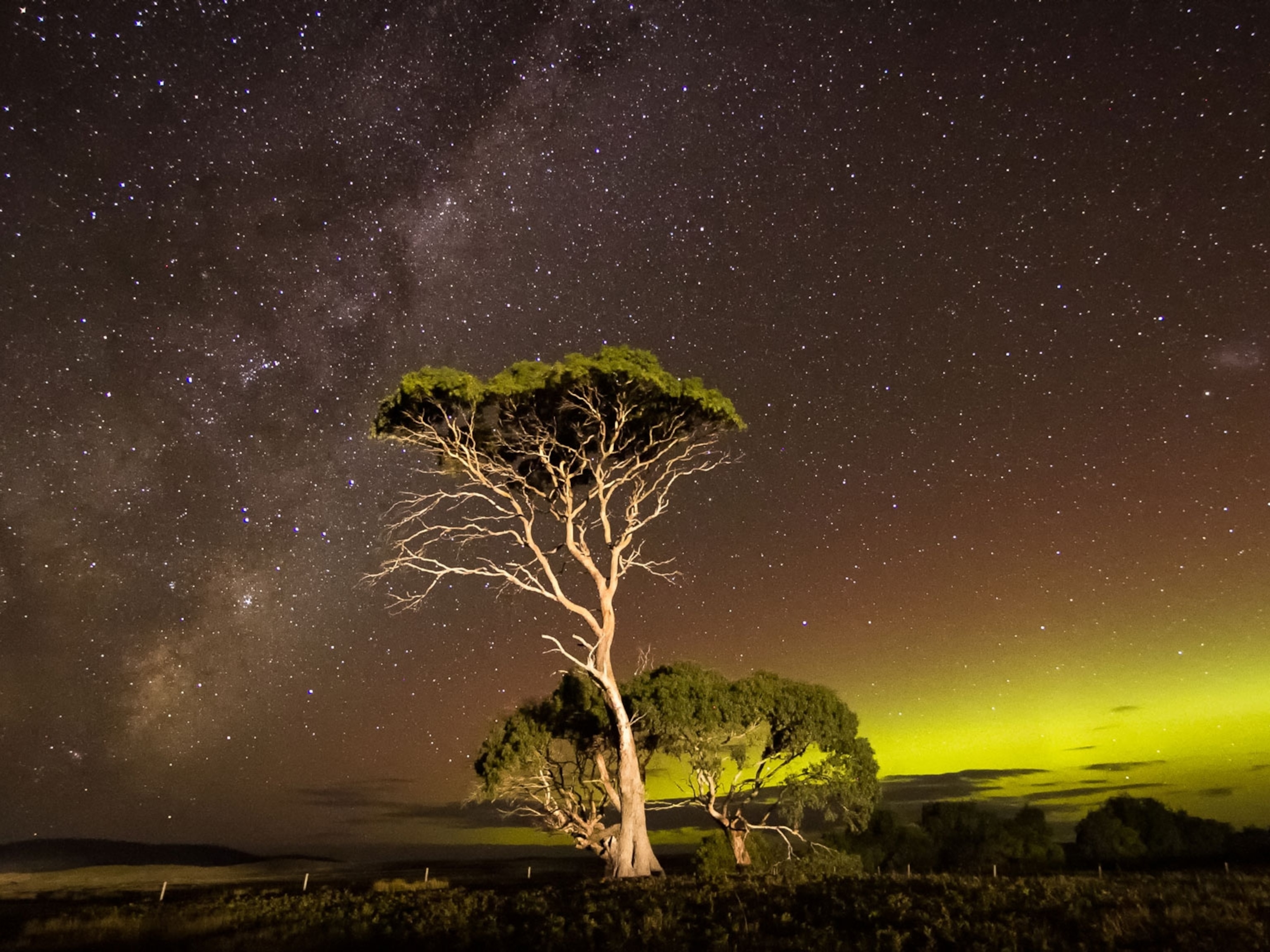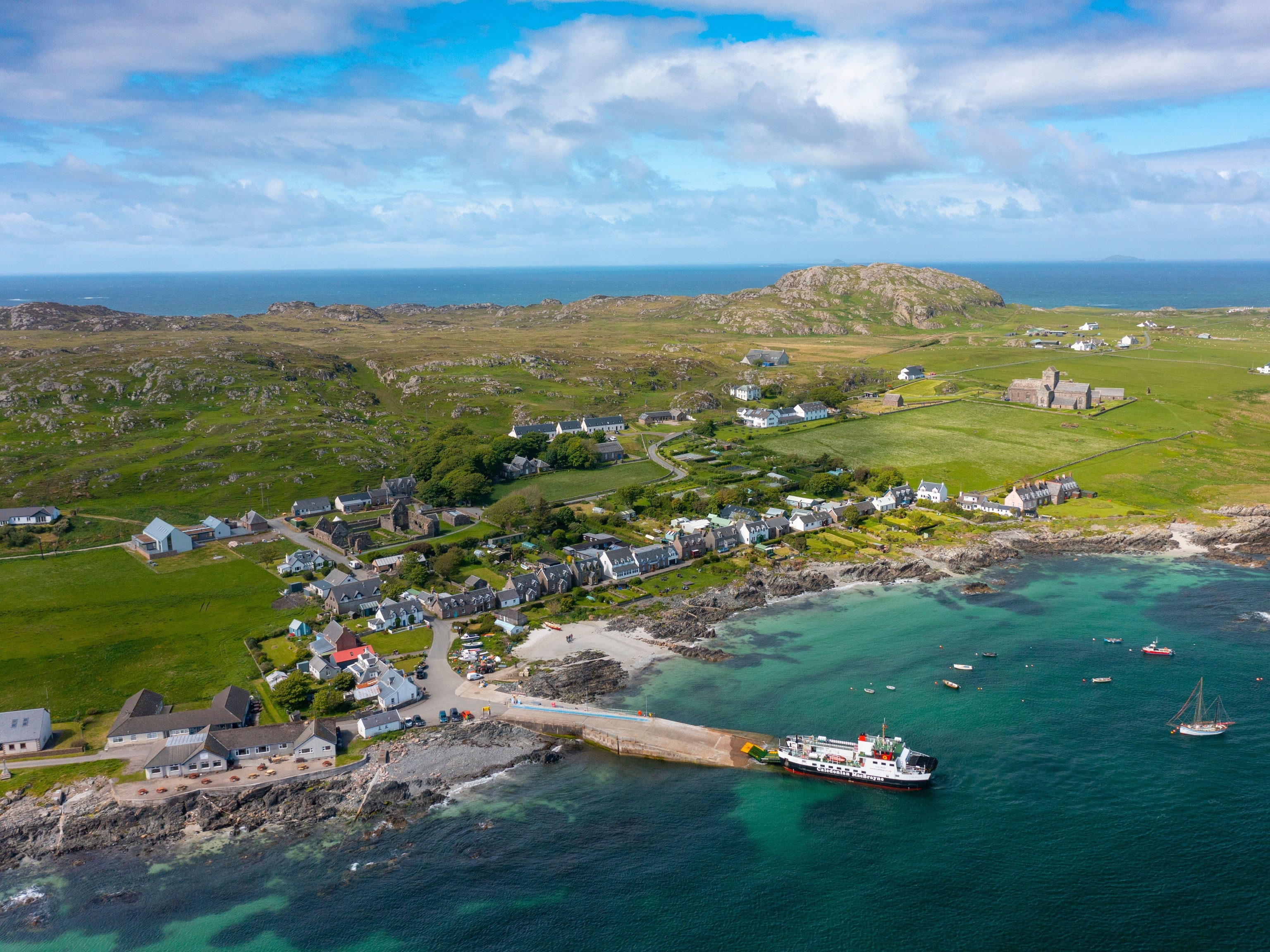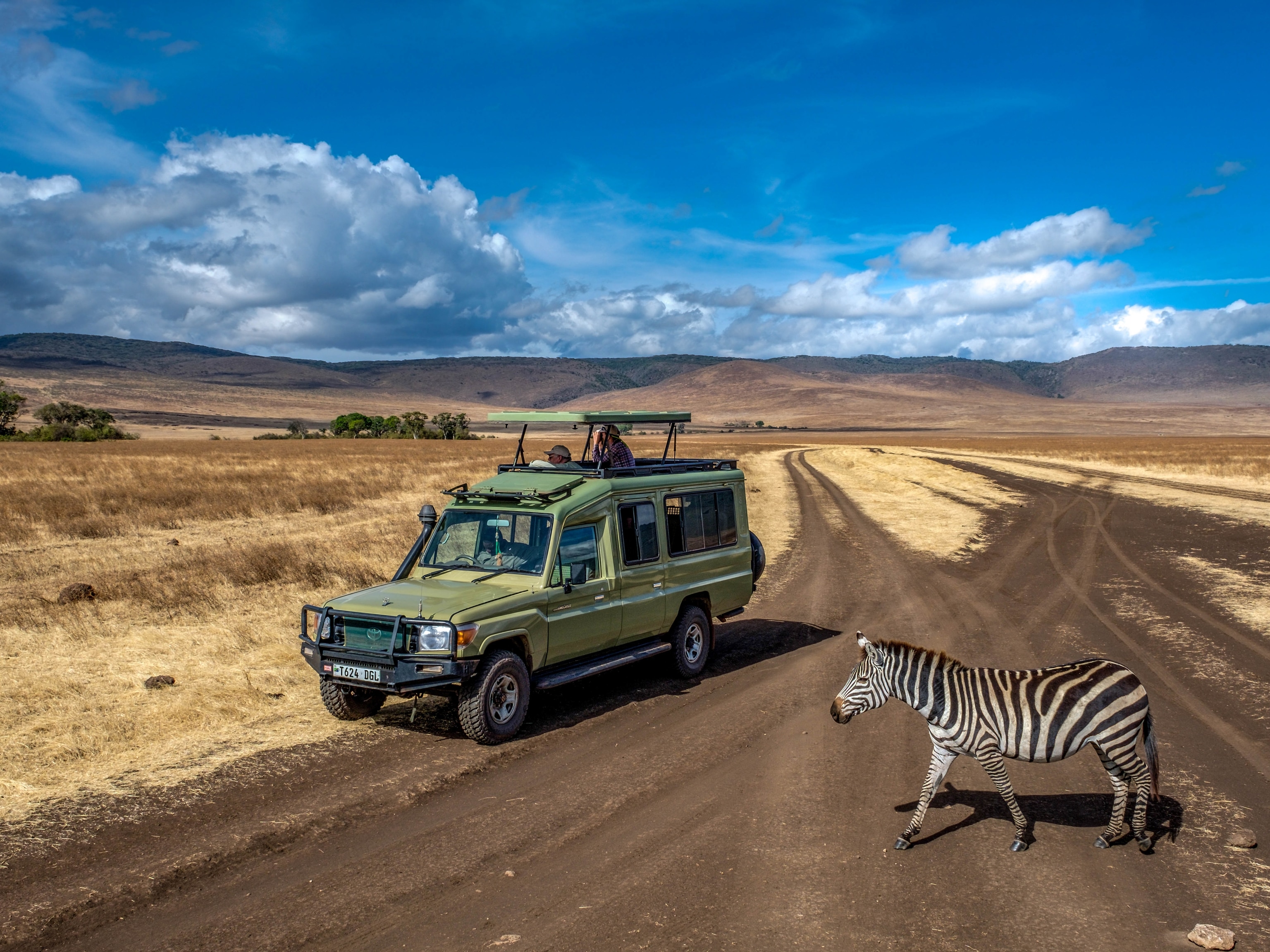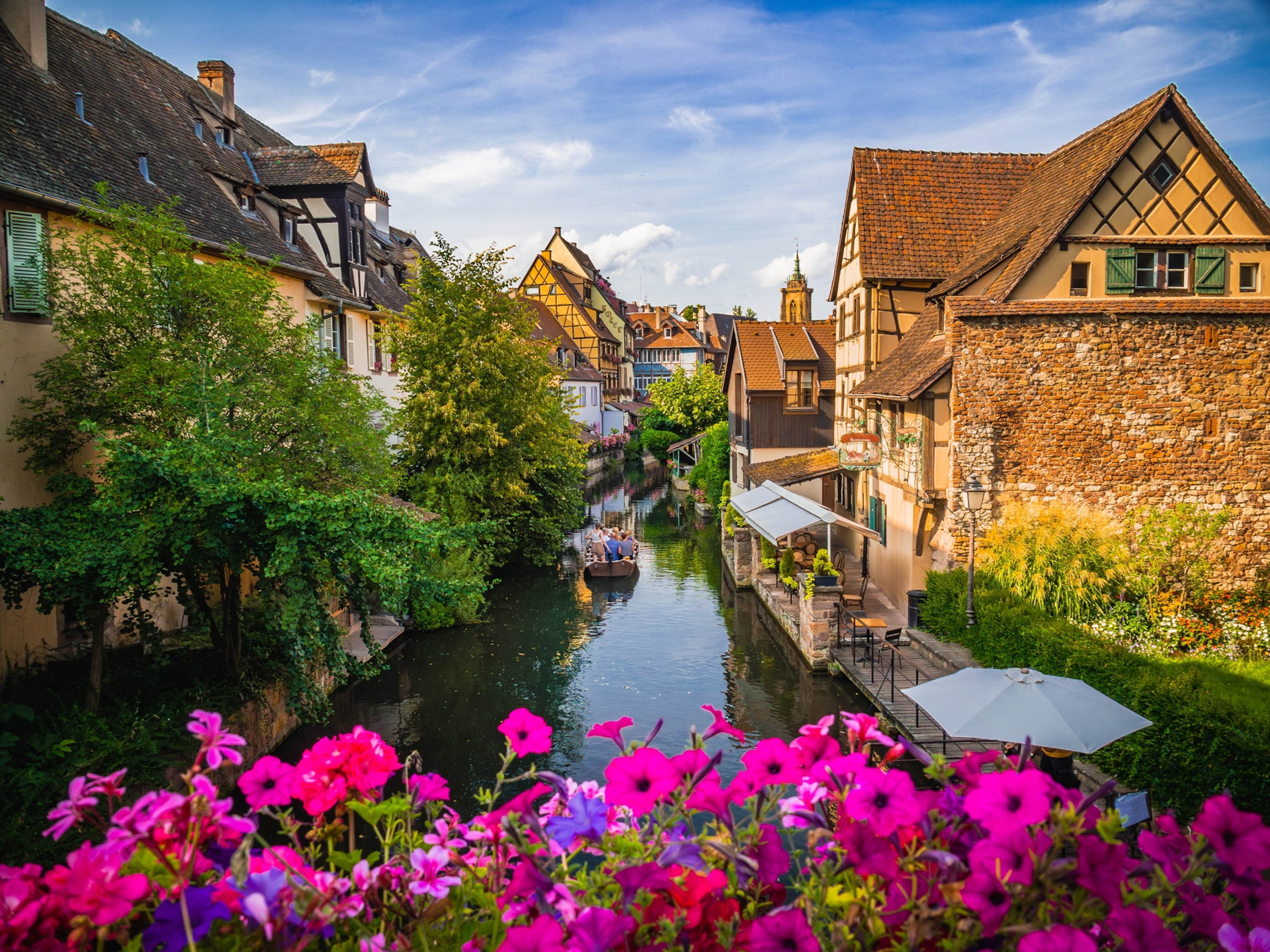
Visibility mixes with vulnerability for many transgender travelers
The travel industry has embraced Pride Month, but for some transgender and nonbinary people leaving home triggers anxiety.
Denne Michele came out as a transgender woman to different people in her life over the course of the COVID-19 pandemic. But a recent trip to Los Angeles helped her realize she was ready to come out publicly.
Michele flew from New York City to Los Angeles in May to record Food 4 Thot—a queer, brown podcast—with her cohosts who already knew her as a woman named Denne.
“When we were in the studio, I felt like I was living my entire life for those few days as a trans woman,” Michele says.
Being out of her everyday environment and experiencing the joy of being recognized for who she was made her realize it was time to fully come out. Now, as the world is reopening, Michele said she’s ready to be her full self wherever she goes.
She’s not the only one. Without the pressure to “perform” gender and with more time for self-reflection during the quarantine, some people confronted their gender identities when they may not have otherwise; many came out as transgender. A 2020 Gallup poll found that 5.6 percent of Americans identify as LGBTQ—up from 4.5 percent in 2017. And while overall only 0.6 percent of Americans identify as transgender, that number is 1.2 percent among millennials and 1.8 percent among Gen Z.
Now, as the world reopens, many transgender people are going through life as their true selves for the first time. The hurdles they overcome while traveling are just one part of the story.
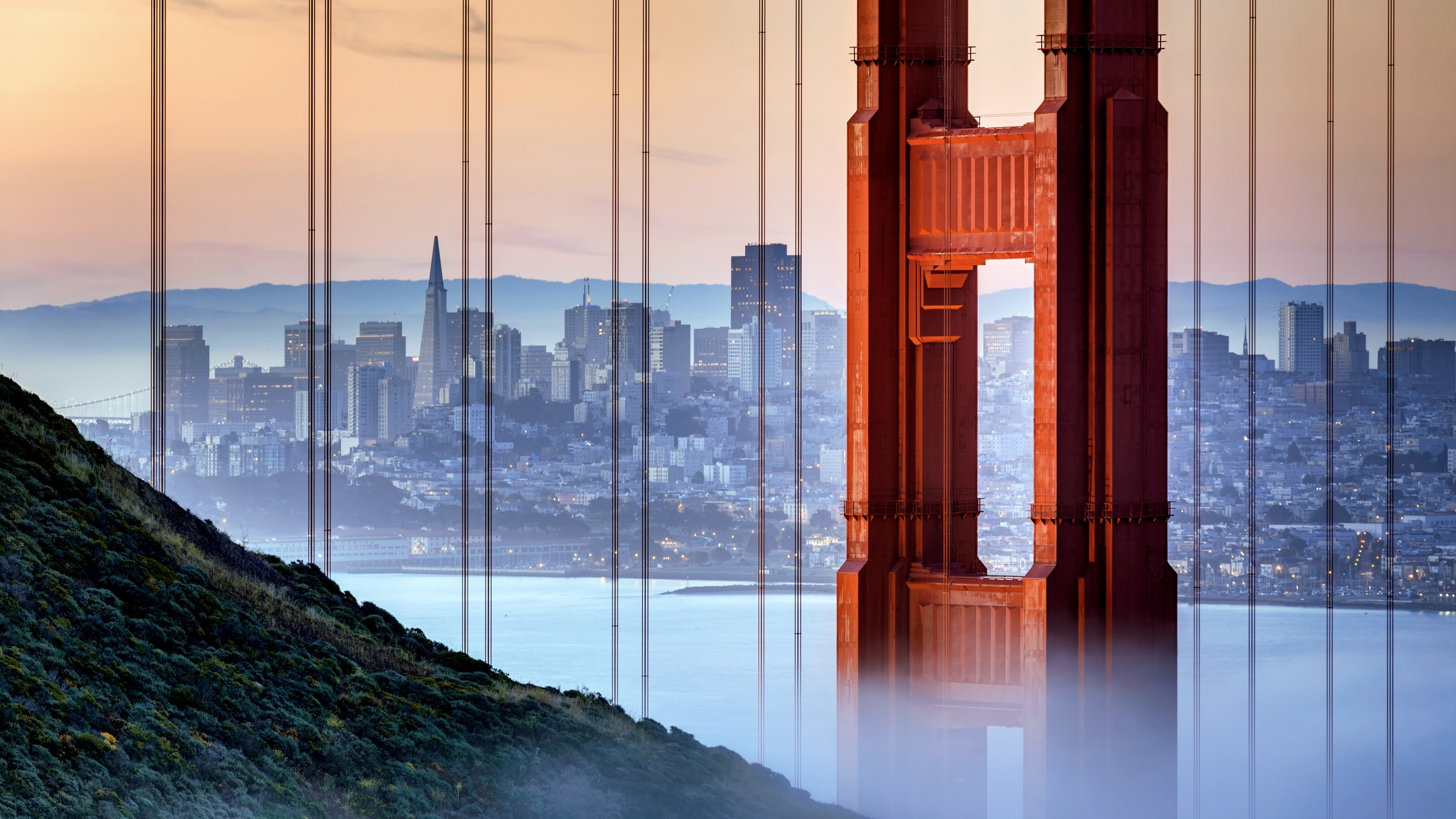
A time of transition
Harper Sinclare came out as trans early in the pandemic—for the second time. She first came out four years ago, but had trouble working a public-facing customer service job in the earliest stages of her transition.
“At the time, I had no close trans friends or role models, so I felt like it was me against the world, and the pressure was too much,” Sinclare says.
The privacy of quarantine gave her a chance to focus on her own wants and needs, with the support of her partner and family, and without interference from the outside world.
“The quarantine guaranteed there wasn’t a moment I felt lonely or unsupported,” Sinclare says. “Being stuck at home felt like a necessary cocoon and a blessing, but now it’s starting to give me a little cabin-fever.”
In June she flew out from Canada to San Francisco for facial feminization surgery, but was nervous about traveling to a former COVID-19 hotspot—and also about traveling as a trans woman for the first time.
So far, San Francisco has seemed like the right choice. Sinclare says she has yet to be misgendered on the trip. But she still has some apprehension about future travel and meeting new people as the world opens up.
“I can no longer just accept that they will take me at face value and respect my [gender] identity, so my brain is constantly running calculations and analyzing everything strangers say to me for any reason to be afraid,” Sinclare says. “It’s honestly exhausting.”
Karen DeJarnette is familiar with that feeling. As an out trans woman and an SEO manager for a major travel agency, DeJarnette has a lot of experience traveling as a trans person and all the challenges that come with it.
For trans people, and especially trans women, “we feel vulnerable, we feel extremely visible, and traveling to someplace new amplifies that, beyond measure.”
A 2019 ProPublica investigation found that 5 percent of civil rights complaints filed with the Transportation Security Administration (TSA) between January of 2016 and April of 2019 were from trans and gender-nonconforming individuals, even though transgender people make up less than one percent of the population. 2020 was the deadliest year on record for anti-trans violence, with 44 documented homicides, and 2021 is set to surpass that, with 28 documented homicides so far. Most of that violence is targeted at trans women and specifically trans women of color.
(Does travel mean going into the closet? LGBTQ tourists face tough choices.)
The Washington Post recently reported on the trauma of travel for trans people, noting that “the discrimination trans travelers have experienced at the hands of the TSA…[has] become so widespread that there is a hashtag—#TravelingWhileTrans—that travelers have used to share encounters with TSA.”
But DeJarnette says it’s important to remember that most people won’t notice or care, because they’re preoccupied with their own lives. But for trans people who have to travel for work or other reasons out of their control, she recommends traveling with someone else and being aware of the cultures and customs, especially in more conservative places.
“The whole goal is to fit in, is to just be one among the crowds,” DeJarnette says. “Because that way, you’re less exposed, less vulnerable.”

Advice for trans travelers
Michele is excited to start traveling to queer vacation spots like Palm Springs, California or Fire Island, New York—but this time as her full self. “Being in that kind of environment again, but just fully leaning into all of my femininity is really exciting to me,” Michele says.
Prior to the pandemic and her coming out she presented as feminine and wore women’s clothes. Because she has not yet been able to start hormone replacement therapy, most of her transition so far has been social. Michele has already had to face some of the challenges that come with moving through the world as a trans person, like being misgendered—an experience that can trigger a sense of dysphoria.
Gender dysphoria can take many forms—social, mental, and physical to name a few—and while all can create a feeling of intense discomfort or distress, social dysphoria was largely avoidable while the country was in lockdown. As those return to work and their social lives, it presents new challenges for people early in their transitions.
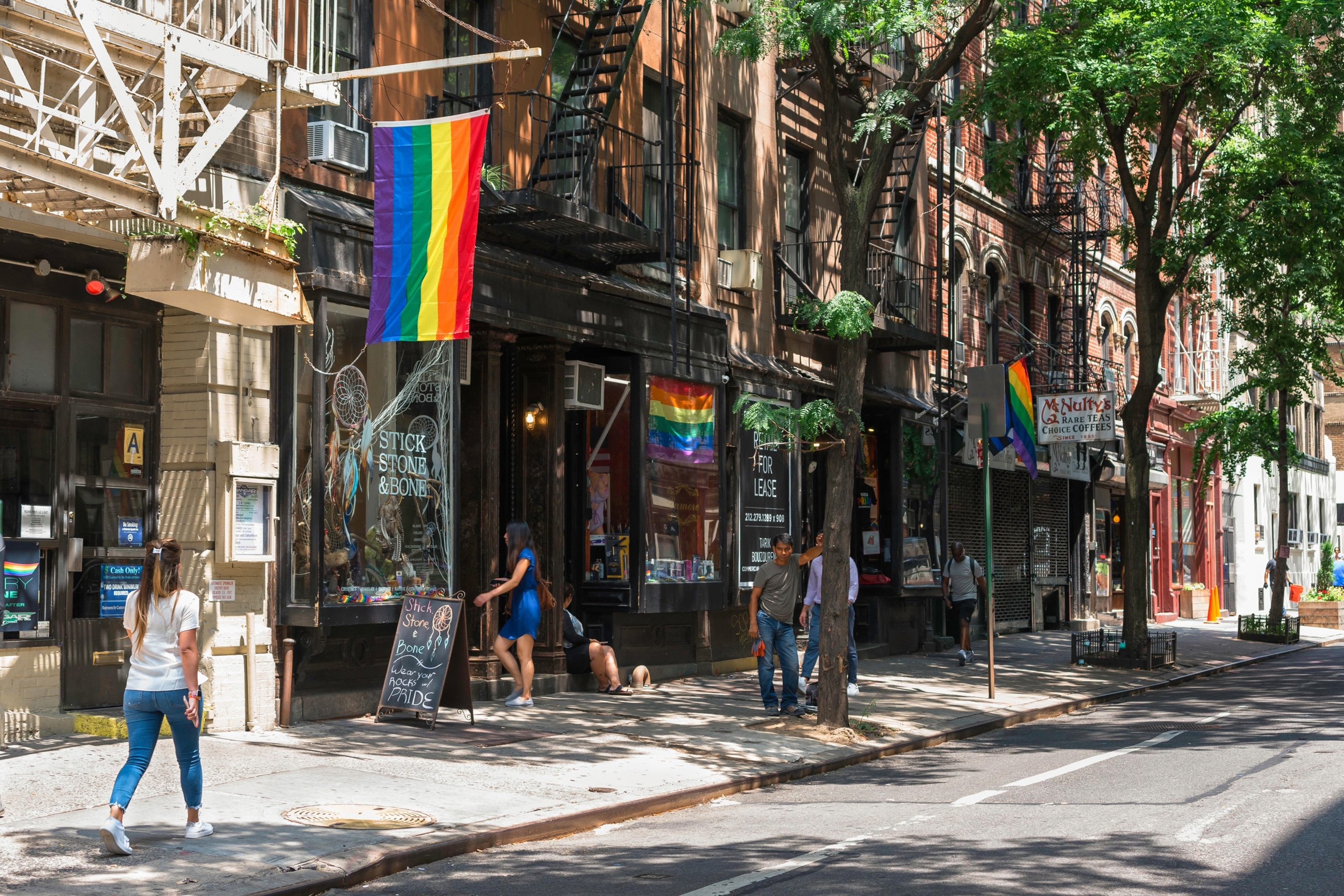
When traveling for leisure, DeJarnette recommends doing research before going somewhere new, as there are plenty of LGBTQ friendly countries, cities, and neighborhoods. San Francisco even designated southeastern Tenderloin as a transgender cultural district in 2017.
The Human Rights Campaign state equality index provides helpful context for travelers in the U.S. and the app GeoSure provides LGBTQ safety ratings for more than 30,000 neighborhoods globally.
“Stay in a place that welcomes you,” DeJarnette says. “There are cities and locations and neighborhoods that will be happy to have your business.”
(Intimate portraits of survivors in places where love is illegal.)
Air travel can be especially challenging. The National Center for Transgender Equality’s guide to airport security has tips on how to talk to TSA, what to do if your ID doesn’t match your gender presentation, and how to file a complaint if there’s an issue, among other things. DeJarnette also recommends traveling with a friend or other trusted person whenever possible to have an advocate and to alleviate some of the anxiety that comes with traveling while trans.
Kam Burns is an engagement editor at Politico with a focus on new and emerging platforms. His writing centers on mental health, LGBTQ issues, and pop culture. Kam is a founding member of the Trans Journalists Association and co-author of the TJA Style Guide.
